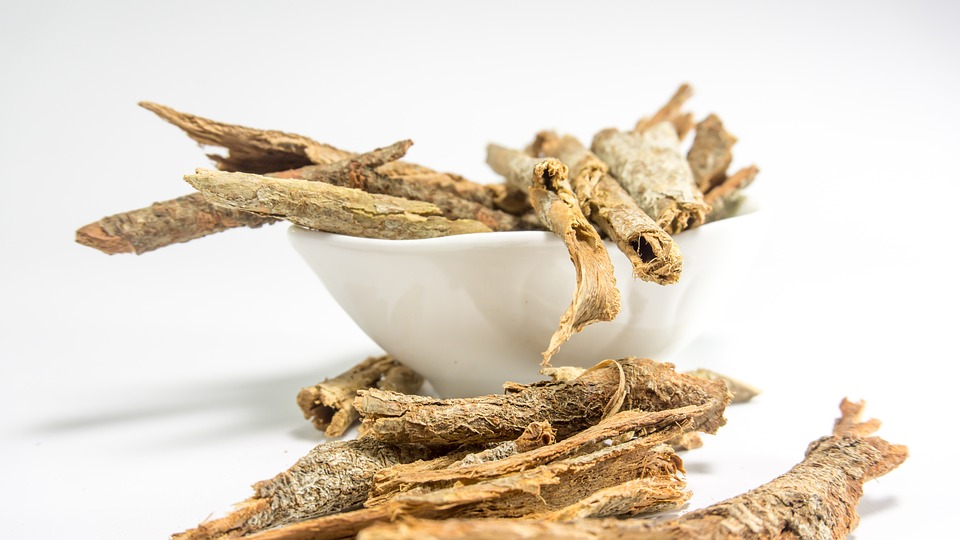By Irene Hayton
Kefir—alternatively pronounced “keh-FEER” or “KEE-fur”—is a cultured (fermented) milk product with a consistency similar to thin yogurt. Like yogurt, kefir contains beneficial bacteria; however, kefir has several different types of friendly bacteria not found in yogurt. And unlike yogurt, kefir also contains beneficial yeasts—it’s one of the only fermented products that does.
These friendly bacteria and yeasts give kefir unique health benefits when it’s consumed on a regular basis. They recolonize the intestinal tract, thereby helping to improve digestion and inhibiting the growth of unfriendly organisms. They also provide lactase, the enzyme that breaks down lactose (milk sugar), making kefir more suitable than other dairy products for the lactose-intolerant (as long as it is not cooked, since heating destroys these enzymes).
In addition to beneficial bacteria and yeasts, kefir is rich in calcium, magnesium, phosphorus, and vitamins B1, B12, K, and biotin. Kefir also contains protein; the proteins are partially digested as a result of the fermentation process so they are easier on the digestive system, making kefir a good choice for babies, the elderly, invalids, and those with digestive problems.
Kefir is made from culturing fresh milk with kefir “grains,” which are not true grains (such as wheat or oats) but are a clump of particles that look like small cauliflower florets. These grains are living cultures, containing a mixture of bacteria, yeasts, proteins, lipids (fats), and sugar, particularly kefiran, a water-soluble polysaccharide that’s unique to kefir. The grains ferment the milk, creating new grains in the process and incorporating the beneficial bacteria and yeasts into the finished cultured product. The grains are then removed and can be used again to make another batch of kefir. This nutritious drink can be made at home with kefir grains and any type of milk, including cow, sheep, goat, coconut, rice, or soy milk.
Kefir has a tart, almost sour, taste and is slightly fizzy due to the carbonation from the friendly bacteria and yeasts. Some people drink kefir plain, while others sweeten it with fruit or other natural sweeteners, such as vanilla, honey, or pure maple syrup because they find it too tart. It can also be added to smoothies (see this month’s Recipe for Ginger Pear Smoothie), salad dressings, soups, or used to replace milk in other recipes. Be aware that when cooking with kefir that heat destroys the enzymes that digest the lactose.
When buying kefir, be sure to check the label and purchase only those brands that are made with true kefir grains. Your healthiest choice is plain kefir; avoid the sweetened varieties and add your own natural sweetener (see above) if you need to.



